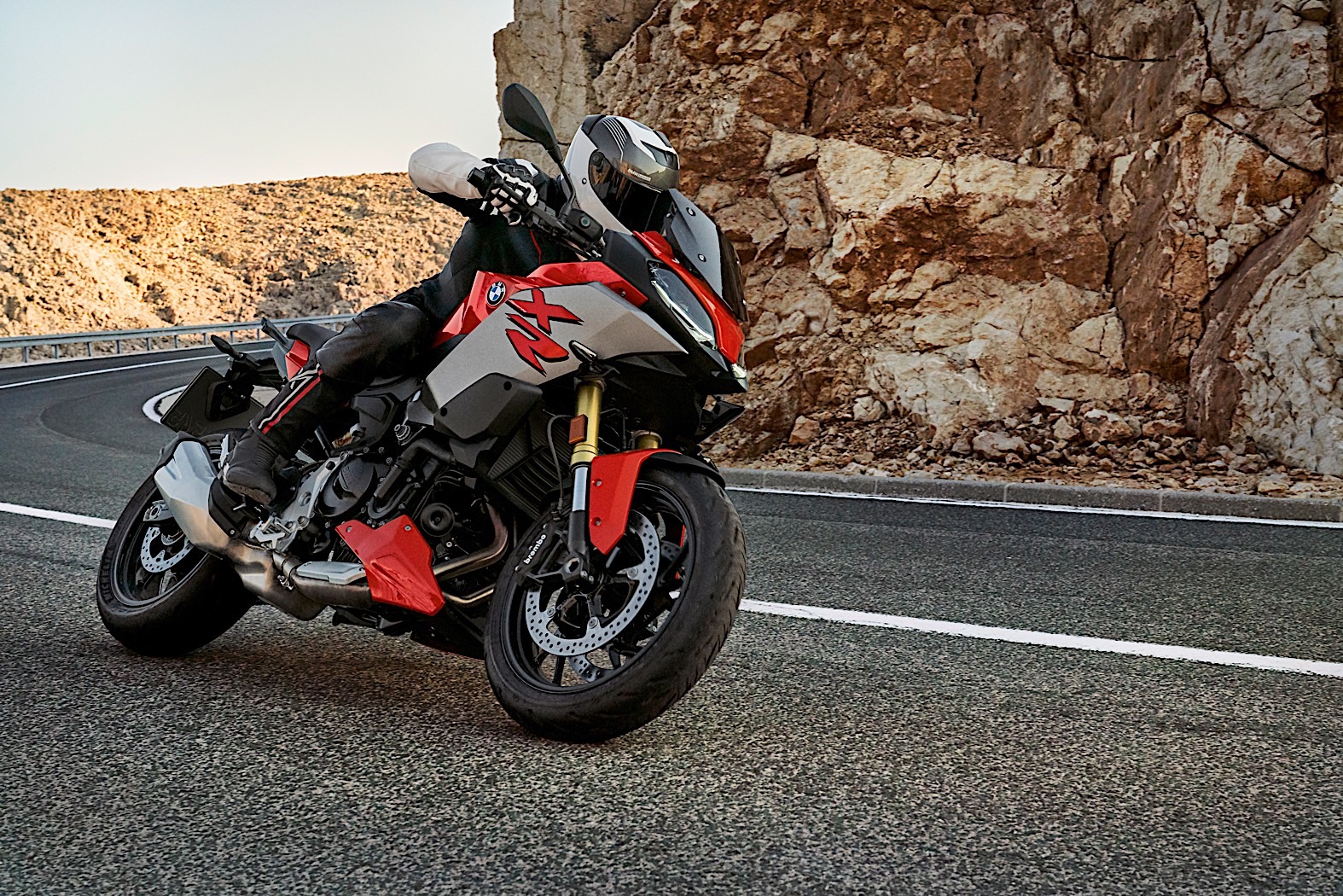
BMW thinks of the F 900 R and F 900 XR as two brothers. They may have different appearances, but in the end they have same heart (engine) and the same frame, with suspension adjustments for each model.
Basically the F 900 R is the little speedy brother, while the F 900 XR is the bigger, more pumped up brother. They both are made for specific riding situations, the R model being a roadster type for fun riding on the road, while the XR is a more touring oriented motorcycle, capable for off-road riding and keeping a good balance on the road as well.
The two models share the same inline-two cylinder 895 cc engine. It has been pumped up from 853 cc to achieve a power of 99 hp and 67 lb-ft (90 Nm) of torque. This makes the engine have a linear torque curve over most of the RPM range.
Regarding the safety measures, they both come as standard with two riding mode (Rain – lower power mode, and Road – normal power mode) as well as with ABS and ASC. An additional two riding modes (Dynamic and Dynamic Pro) can be “unlocked” as factory options, letting you customize the bikes’ electric assistance, like the Dynamic Traction Control (DTC), ABS Pro, Dynamic Brake Control (DBC) and engine drag torque control (MSR).
The frame of these models is made from steel, to achieve better stiffness and riding precision. Considering that the frame is a new design from BMW, the fuel tank had to be relocated to the classic position between the rider and the handle bars while also switching to plastic to keep the weight low. As a comparison, the previous generations had the fuel tank placed under the seat, which in theory made the bike easier to control as it got a lower center of gravity.
The suspension for the front wheel is an upside-down telescopic fork with 5.3 inches of travel for the R model and 6.7 inches travel for the XR. The rear wheel is articulated by a double-sided aluminum swing-arm with a central mono-shock. This is adjustable on both preload and rebound damping. The travel is 5.6 inches for the roadster and 6.8 inches for the tourer.
In addition, the BMWs will have a 6.5 inches TFT screen dashboard with BMW Motorrad connectivity as standard. The panel is easily readable and has tons of information you can access via a multi-controller mounted on the left side of the handle bar.
As factory options, they can also have keyless ride – no more awkward steel key introducing and turning, as the rider can keep the transmitter within his pockets, and Adaptive Cornering Light, which integrates more LED lights into the headlight that activate while banking over certain angles at speeds over 10 km/h (6 mph) to light up the road better and make the rider feel safer when riding at night.